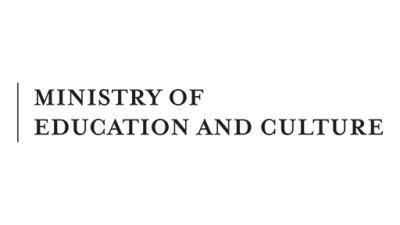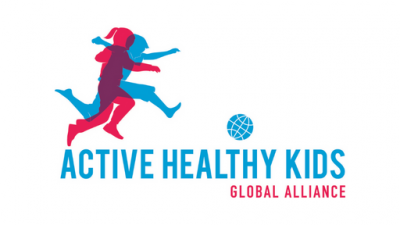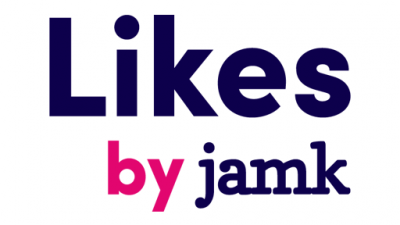Finland’s Report Card: physical activity for children and youth
Finland’s Report Card is a compilation of recent research results on the status and promotion of physical activity among children and adolescents.




Physical activity for children and adolescents consists of several different parts throughout the day, and it is strongly connected to everyday routines, social networks and the living environment. Through the latest research results, the Report Card sheds light on the state of physical activity of children and adolescents, as well as how it can be promoted in Finland.
Report Card 2026
The Report Card (Global Matrix 5.0) is part of the international Active Healthy Kids Global Alliance of 71 countries or regions. In Finland the Report Card is coordinated by Likes of Jamk University of Applied Sciences, in collaboration with a national expert group. The Report Card will be published in autumn 2026.
Report Card Specialist Group
Chair:
Tammelin Tuija, Jamk University of Applied Sciences, Likes
Coordinator:
Kämppi Katariina, Jamk University of Applied Sciences, Likes
Members:
Aalto-Nevalainen Päivi, Ministry of Education and Culture
Asunta Piritta, Jamk University of Applied Sciences, Likes
Blom Antti, Finnish National Agency for Education
Helenius Jenni, National Institute for Health and Welfare
Huhtiniemi Mikko, University of Jyväskylä, Faculty of Sport and Health Sciences
Husu Pauliina, UKK Institute
Kokko Sami, University of Jyväskylä, Faculty of Sport and Health Sciences
Korsberg Minttu, Ministry of Education and Culture, Get Finland Moving programme
Kukko Tuomas, Jamk University of Applied Sciences, Likes
Mantere Elsa, Association of Finnish Cities and Municipalities
Mehtälä Anette, Jamk University of Applied Sciences, Likes
Mononen Kaisu, Finnish Institute of High Performance Sport KIHU
Onatsu Tanja, On the Move programmes, Jamk University of Applied Sciences, Likes
Paajanen Minna, City of Helsinki
Paakkari Leena, University of Jyväskylä, Faculty of Sport and Health Sciences
Palomäki Sanna, University of Jyväskylä, Faculty of Sport and Health Sciences
Pietilä Matti, Finnish National Agency for Education
Pihlainen Kai, Finnish Defence Forces
Rikala Saku, National Sports Council
Riuttanen Tiina, Jamk University of Applied Sciences, Likes
Saari Aija, Finnish Paralympic Committee
Ståhl Timo, National Institute for Health and Welfare
Sääkslahti Arja, University of Jyväskylä, Faculty of Sport and Health Sciences
Virta Sari, Ministry of Education and Culture
Report Card 2022
Earlier versions of Finland’s Report Card were produced in 2014, 2016 and 2018. Finland’s Report Card 2022 was prepared by five research institutions and 24 experts. The work group included Finnish specialists from different fields, working on research, policy or practices related to physical activity among children and adolescents. LIKES coordinated the compilation process. Finland’s Report Card was prepared as part of a global alliance, and the Global Matrix 4.0 of 60 countries was published October 2022.
In the Report Card, physical activity and its promotion is examined and presented through 10 indicators. The different indicators were assessed by a group of specialists according to international instructions. The physical activity behaviour results are presented in four age groups: preschool-aged children, pupils in primary school, pupils in lower secondary school, and students.
The journey towards an equal physical activity culture is still in progress, and there is a clear need for information about physical activity behaviour in different groups. In addition to age, the Report Card results are examined according to gender, disability and foreign background. In addition to population-level trends, it is important to identify groups that are in a particularly vulnerable position. Nearly one in five children and adolescents have a disability that makes everyday life and physical activity more difficult. The results for children and adolescents with disabilities are presented and evaluated inclusively and more extensively than in previous Report Cards.
The challenge of insufficient physical activity cannot be solved only by promoting participation in organised sports and physical activity; attention must also be paid to everyday activity. It is important to ensure that children and adolescents who most often participate in organised physical activity have a diverse range of physical activity and sufficient everyday activity in order to balance the entity. For those who are least active, it is important to increase physical activity gradually while simultaneously reducing and arranging breaks in sedentary behaviours. The most recent Finnish physical activity recommendations no longer use the concept of screen time – which is difficult to define – because the use of digital devices as part of everyday life and studying has increased enormously. Breaks in sedentary behaviours and their replacement with moderate intensity physical activity are recommended for children and adolescents.
The entire society is responsible for promoting the health and physical activity of children and adolescents, and this requires multidisciplinary cooperation between different operators. In practice, the decisions and actions of all administrative branches influence the population’s engagement in sports and physical activity. The effects of decision-making can be seen concretely in the everyday lives of children. The work group encourages decision-makers at all levels and environments – nationally, regionally, in municipalities, educational institutes, hobbies and families – to facilitate physical activity for children and youth and eliminate barriers to it.
News
News
The Report Card Compiles the Latest Data on Physical Activity for Children and Youth
News
Finland among the top four countries in international comparison of the state of physical activity among children and young people
Materials

Katariina Kämppi

Tuija Tammelin



